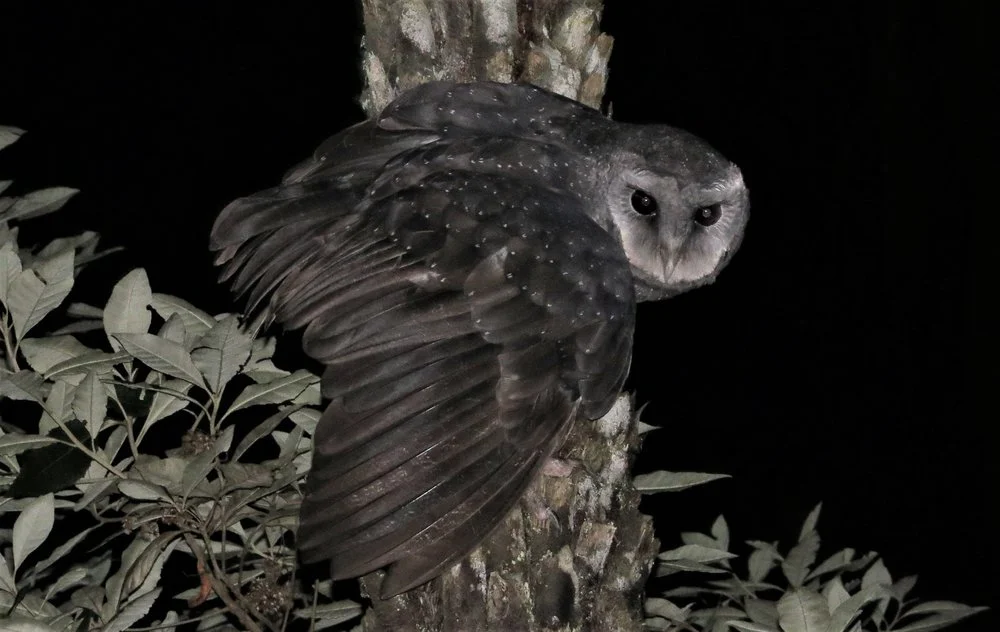Greater Sooty Owl
Autumn gives way to winter in May, with the first cold weather. There has been plenty of rainfall across the state this autumn especially in the north which averages drier than the south, a little upside down. Some wetlands in the north are still holding large numbers of waterbirds following the bumper summer. A very high count of 870 Freckled Duck was exceptional at Lake Cooper, and a report of 16 endangered Australasian Bittern at Cullens Lake was also a very high count for one site. Aussie Bitterns have been turning up at a number of sites in southern Victoria which is typical for the time of year. Nearly any significant wetland with reedbeds around the southern coast can host this species as they leave their inland breeding sites.
The Orange-bellied Parrot recovery team have been busy releasing captive bred birds at a wintering site on the mainland at Werribee. Two juveniles which were raised in Tasmania this year have appeared under their own steam at the same site. With fewer than 20 remaining wild birds, these efforts are a last ditch attempt to bring this species back from the brink of extinction. Blue-winged Parrot flocks are also being seen along the coastal saltmarshes, likely wintering birds from Tasmania.
A pelagic seabirding trip from Port Fairy mid month produced a mega in the form of Victoria’s first live sighting of a Westland Petrel.
Swift Parrots are being seen here and there, without any large numbers yet reported, perhaps many have flown further into NSW.
Winter is breeding time for some iconic local specialities. Superb Lyrebirds are starting to display, whilst both Powerful and Sooty Owls are highly territorial at this time of year
Finally another Australian state, bringing the total to 3, has now laid claim to confirmed Night Parrot record. The species has been recorded calling in the Northern Territory. Surely South Australia will be next, and then who knows, perhaps Victoria !!

